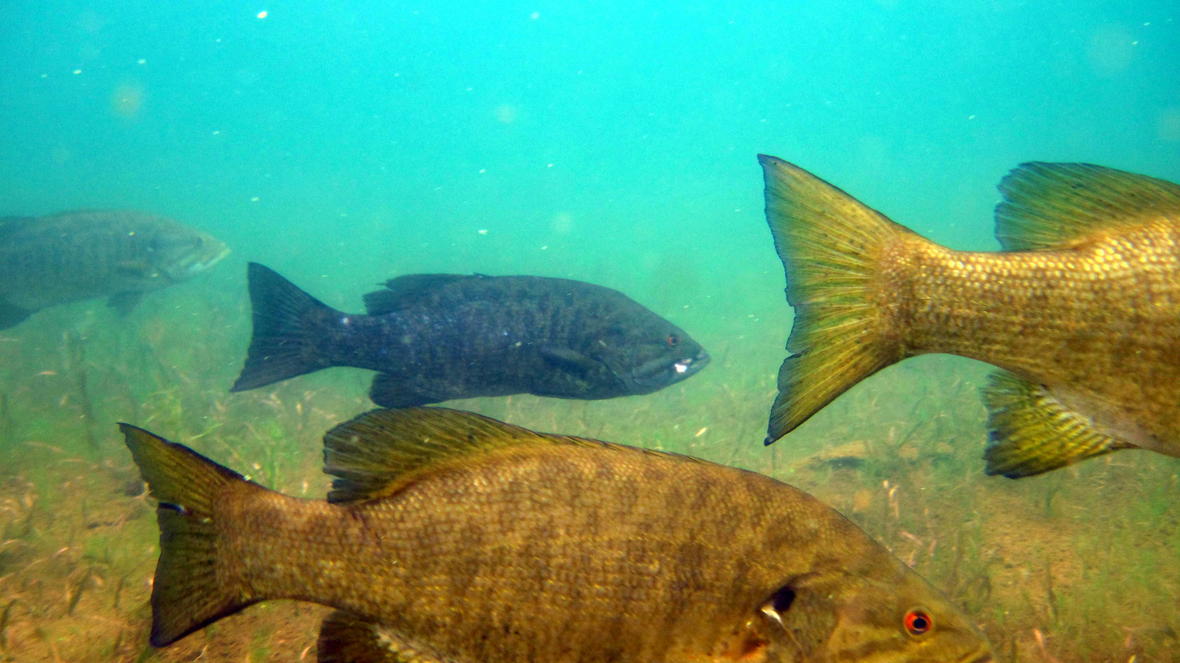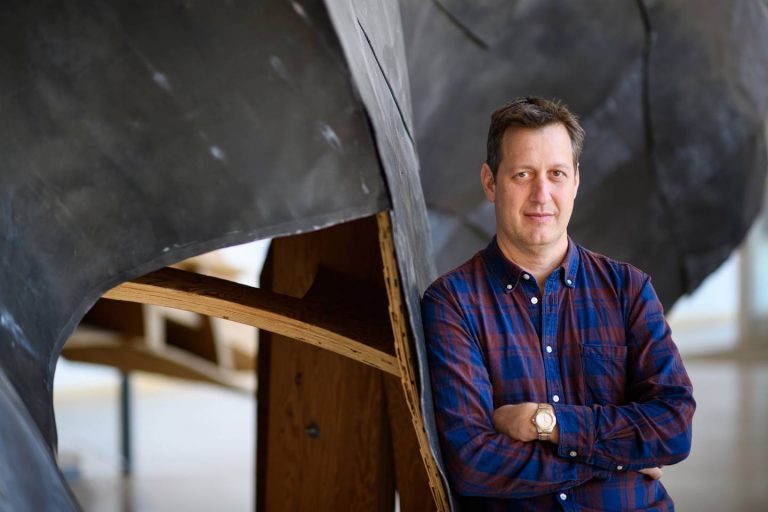
Scientists pinpoint areas in boreal forests that offer refuge to plants and animals as climate gets warmer and drier
By University of Alberta 6/1/2020 North America’s boreal forests are warming and drying from climate change, but they still hold places that can offer refuge for plants and animals, according to University of Alberta scientists who have taken the lead in creating a guide to identify those areas. The information about these sheltered places known as climate-change refugia—including large lakes,…


















